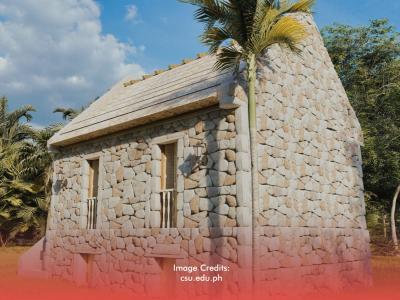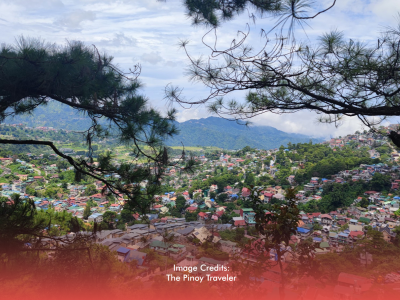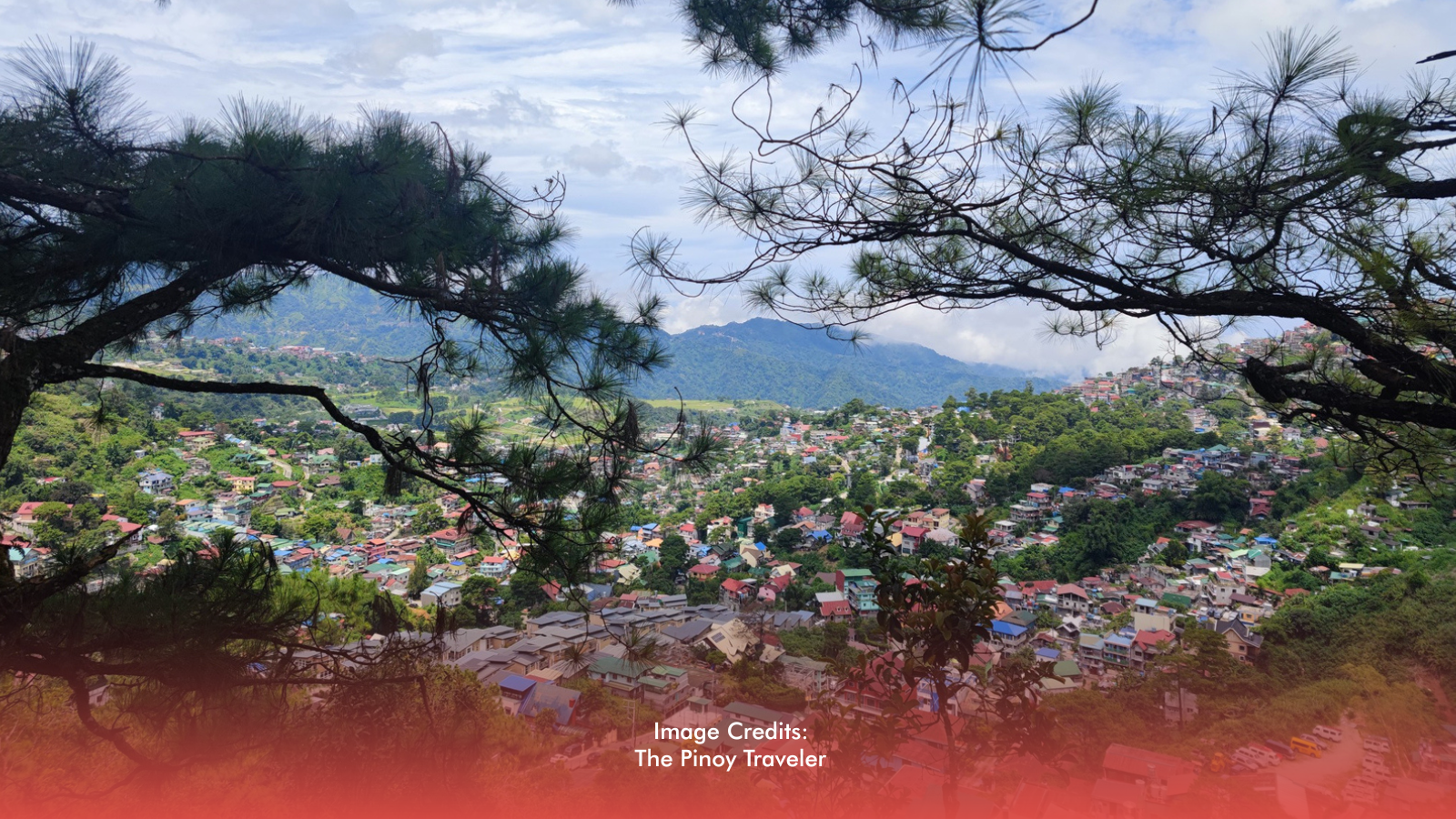Nueva Vizcaya, tucked between mountains, is a genuine melting pot of ecotourism destinations waiting for the intrepid visitor to discover them.
Known as the Gateway to the Cagayan Valley, Nueva Vizcaya is a province in Northern Luzon's center. Mountain ranges around it on practically all sides: the Sierra Madre to the east, the Caraballo to the south, and the Cordillera to the west.
Evident historic footprints
The province's entrance is near the famous Dalton Pass, also known as Balete Pass, where soldiers from the United States, Japan, and the Philippines fought one of their last fights in World War II.
It was a part of the "Territorio de Missiones" of the Spanish-controlled province of Cagayan at the start of the 19th century, along with the Batanes Islands and the eastern half of Northern Luzon from Nueva Vizcaya to Aparri.
There is an observation deck with amazing views of the highlands, and the craggy scenery makes for an interesting stop, showcasing some tracks from the past.
The people who lived along Spain's Mar de Vizcaine shore gave rise to the name of the province, Nueva Vizcaya. Said to be an oasis for watersheds, the area has roughly 500,000 residents and 70% forest cover.
Diverse natural sites
Sta. Fe is host to the Imugan Falls, a two-tiered waterfall with a shallow catch basin perfect for swimming and fishing.
The breathtaking 35-foot Imugan Falls flows into a narrow catch basin. The tiny stream that runs beneath the cliffs offers day tourists a beautiful and safe place to have a picnic or purely just enjoy the scenery.
Nueva Vizcaya also has Bambang, a highland town home to some of Nueva Vizcaya's top attractions. The Alayan and Lion caverns, some uncommon calcite formations, and a subterranean river that leads to the cave's greatest section are all part of the Bambang’s renowned cave system
The main draw for tourists to Nueva Vizcaya is Bayombong, the provincial capital. With its steep hills and mountains, the provincial capital appeals to those who enjoy the outdoors. Bayombong also houses some of the province's historical landmarks.
Some of Bayombong’s top tourist attractions are the Bangaan Hill National Park, the People's Museum, and the St. Dominic Cathedral, formerly known as the St. Augustine Church.
Adventure seekers might also continue to Ambaguio, a village regarded as the entry point to Mount Pulag, the second-highest mountain in the Philippines. Numerous unique plants and animals, such as nocturnal giant cloud rats and carnivorous pitcher plants, are known to be found there.
Waiting to be explored
Nueva Vizcaya opens great possibilities for tourism. There are many different kinds of adventures in this comparatively unknown part of Luzon to suit all kinds of travelers.
Nueva Vizcaya's mountains, caverns, waterfalls, museums, open areas, and old churches await what should be a tourism surge as travelers continue to discover the place.
Even though there is still much to be done, Nueva Vizcaya has the potential to become one of the Philippines' most popular travel destinations.








